Russian cosmonaut Viktor Petrovich Savinykh is in Nepal as a guest to attend the inauguration of the bust of Russian astronaut Yuri Gagarin, the first person to reach in space. During his 10 years of experience as a cosmonaut in three space missions, basically as a Flight Engineer, he has spent 252 days 17 hours 38 minutes in space on Salyut-6 and Salyut-7 stations. His Soyuz T-13/Salyut-7 flight was the most dangerous mission in space history. He has been awarded with Gold Stars of Hero of the then Soviet Union, with Tsiolkovskiy Gold Star of the then USSR Academy of Science and several other Soviet and foreign awards for his distinguished accomplishments in space exploration. He has also authored several scientific books on Space Exploration. Currently, he works in Russia with the the Government University of Geodetic Engineering and Aerial Photography and Cartography. He visited Khabarhub’s office at Durbar Marg where he shared his space experience as a cosmonaut with Ishwar Dev Khanal, Editor of Khabarhub. Excerpts:
You have spent 252 days 17 hours 38 minutes in space. Could you share your experience in space?
I had, in fact, a unique experience in space. You know, you have a different thought and reflection of mind there. However, since my job as a flight engineer was to control the Soyuz T-4, Soyuz T-13, and Soyuz TM-5, my entire focus remained on controlling them.

What were the unforeseen difficulties?
For me, every moment was unique and memorable. I was, in fact, wondering how the earth looked like from the space. I was so curious then. However, my responsibility was to control all apparatus to ensure smooth functioning of the space vehicle.
You talked about earth. How did it look like from space? Was that different from what you had read in books?
(Laughs). Indeed, I had read in geography that the earth is round. And from the space, I saw and realized that the earth was in fact round.
Out of curiosity, let me ask you whether you happened to see or figure out Mt Everest during your flight to space?
I embarked on one of the most dangerous missions in space history. I had, however, in my mind about Mt. Everest before my first flight to space. However, I could not figure it out proximately since I was engaged in other chores. As I said earlier, I was very much engaged in controlling the space vehicle. An expedition, which was jointly carried out by the then USSR and Mongolia, was on the way to space. And we had to receive them in the space. Therefore, we were more focused on receiving them. Later, we could see some rivers, and the mountains and finally figured out Mt. Everest. Moreover, since the first expedition was during winter time, all mountains were covered with snows.

As a cosmonaut, what risks factors were involved in the expedition?
The first thing that we should understand is that cosmos is the center of risks because of a significant number of meteoroids. We could also see signals of meteoroids there. There were risks that these meteoroids could hit us anytime. And a single carelessness could be disastrous.
Basically, what inspired you to become a cosmonaut?
Yuri Gagarin had already been to space, and then some others. I used to work at a place where equipment meant for spacecraft were manufactured, thus stimulating my interest in this sector. I then apprised the authorities through an application about my interest to become a cosmonaut. After undergoing a thorough medical check-up, I was finally selected and hence became a cosmonaut in 1978, and retired in 1989.
Nepal recently sent a satellite on orbit, though small in size. Does this mean that this is an achievement for a small country like Nepal?
This is a significant effort on the part of Nepal. Initially, you start with a small initiative. This gradually grows up. This should be Nepal’s initial effort, not the end. Nepal should make further headway by establishing an organization, which will put its entire focus in the sector. Nepal’s satellite will also help in taking pictures of the earth besides contributing to the communication sector.

Do you want to share something with the Nepalis?
I, in fact, do not know much about Nepal and its economy. However, Nepal showed interest to send its own satellite, which is a significant move. Russia will support and collaborate in Nepal’s future endeavor in space technology. Russia is always ready to share scientific knowledge with Nepal on cosmic technology if Nepal wants to. And I very much hope that Nepal would make a stride in this sector.



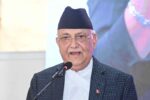
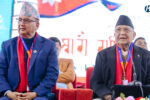
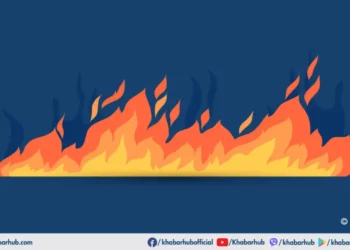
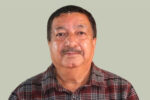
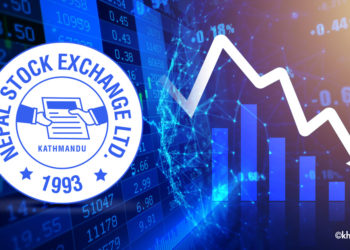

Comment